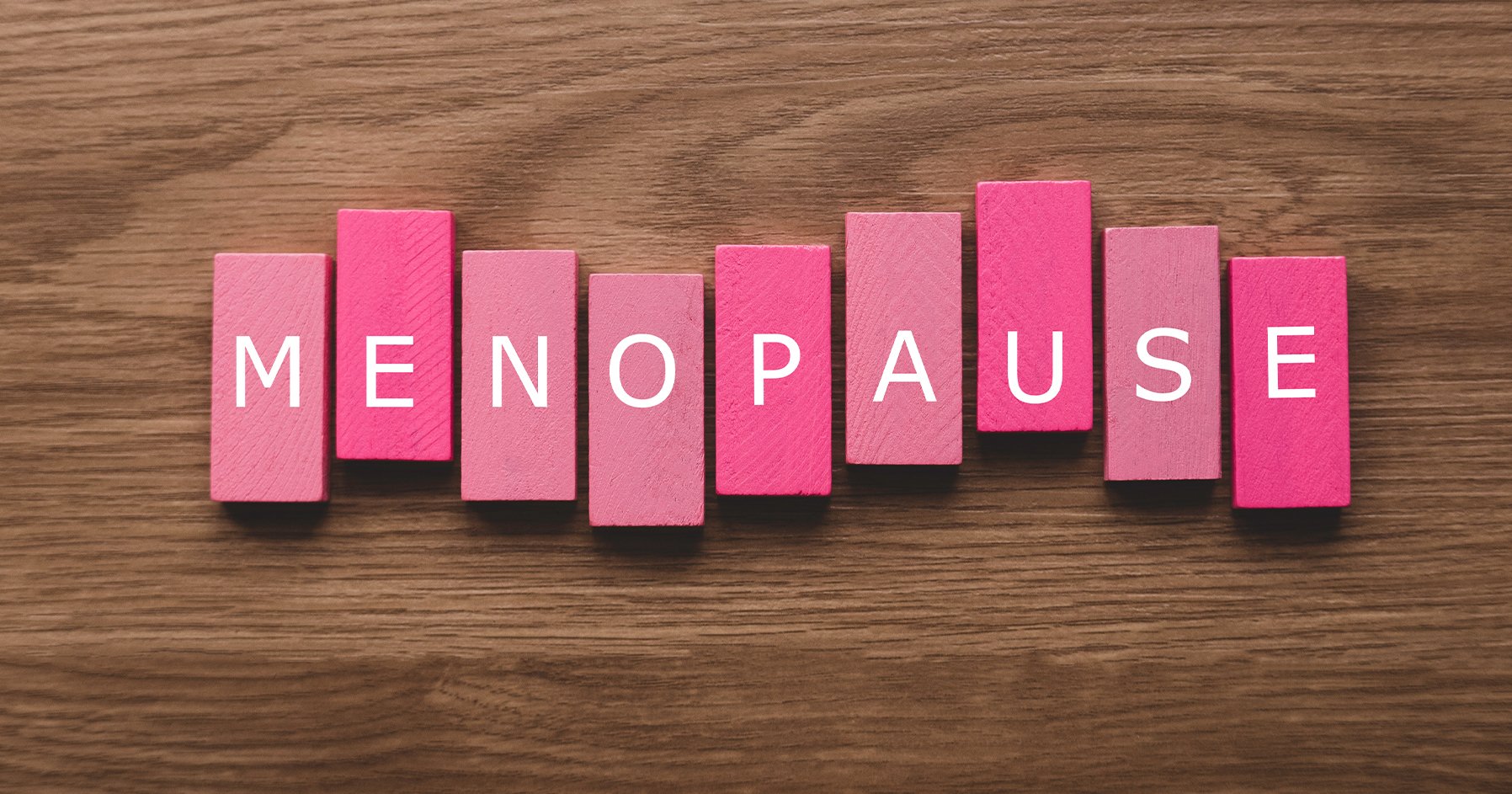- Empty cart.
- Continue Shopping
Understanding the Phases of Menopause

Menopause is a natural biological process that marks the end of a woman’s reproductive years. It is essential for women to have a clear understanding of the different phases of menopause to navigate this transition with knowledge and confidence.
Pre-Menopause
1. Onset in the Reproductive Years
Pre-menopause refers to the years leading up to menopause when a woman is still having regular menstrual cycles. It can start as early as the late 30s or early 40s.
2. Fluctuating Hormone Levels
During this phase, hormone levels, particularly estrogen and progesterone, may begin to fluctuate, leading to changes in menstrual cycle length and intensity.
Perimenopause
3. Irregular Menstrual Cycles
Perimenopause is the transitional phase when a woman’s body starts to prepare for menopause. Irregular menstrual cycles are common, and periods may become shorter or longer.
4. Physical and Emotional Symptoms
Women may experience symptoms like hot flashes, night sweats, mood swings, and changes in libido. These symptoms are due to hormonal fluctuations.
5. Fertility Decline
Although still possible, fertility starts to decline during perimenopause, and it becomes increasingly challenging to become pregnant.
Menopause
6. Officially Reached Menopause
Menopause is officially reached when a woman has not had a menstrual period for 12 consecutive months. This typically occurs around the age of 51, but it can vary.
7. Stable Hormone Levels
Estrogen and progesterone levels remain consistently low during menopause. This leads to the end of reproductive function.
8. Persistent Symptoms
Some women may continue to experience symptoms like hot flashes, mood changes, and vaginal dryness, but they often diminish over time.
Post-Menopause
9. Life After Menopause
Post-menopause is the phase following menopause. Hormone levels stabilize, and most menopausal symptoms subside.
10. Osteoporosis Risk
Women in post-menopause are at higher risk for osteoporosis due to the decreased estrogen levels, which affect bone density.
11. Focus on Heart Health
Post-menopausal women should pay attention to heart health, as the risk of heart disease increases after menopause.
Individual Variations
12. Unique Experiences
It’s important to remember that every woman’s experience with menopause is unique. Some may have a smooth transition, while others may face more challenges.
Seeking Support and Healthcare
13. Consulting Healthcare Professionals
It’s crucial for women to seek regular healthcare check-ups, especially during the transition into and through menopause. Healthcare providers can offer guidance and support.
14. Considering Hormone Therapy
Some women may consider hormone therapy to manage severe menopausal symptoms. This should be discussed with a healthcare provider to weigh the benefits and risks.
Conclusion: Embracing the Phases of Menopause
Understanding the phases of menopause empowers women to navigate this natural transition with confidence and grace. By seeking support, staying informed, and prioritizing self-care, women can embrace the changes that come with each phase. Remember, menopause is a unique journey, and it’s important to approach it with self-compassion and self-awareness.








